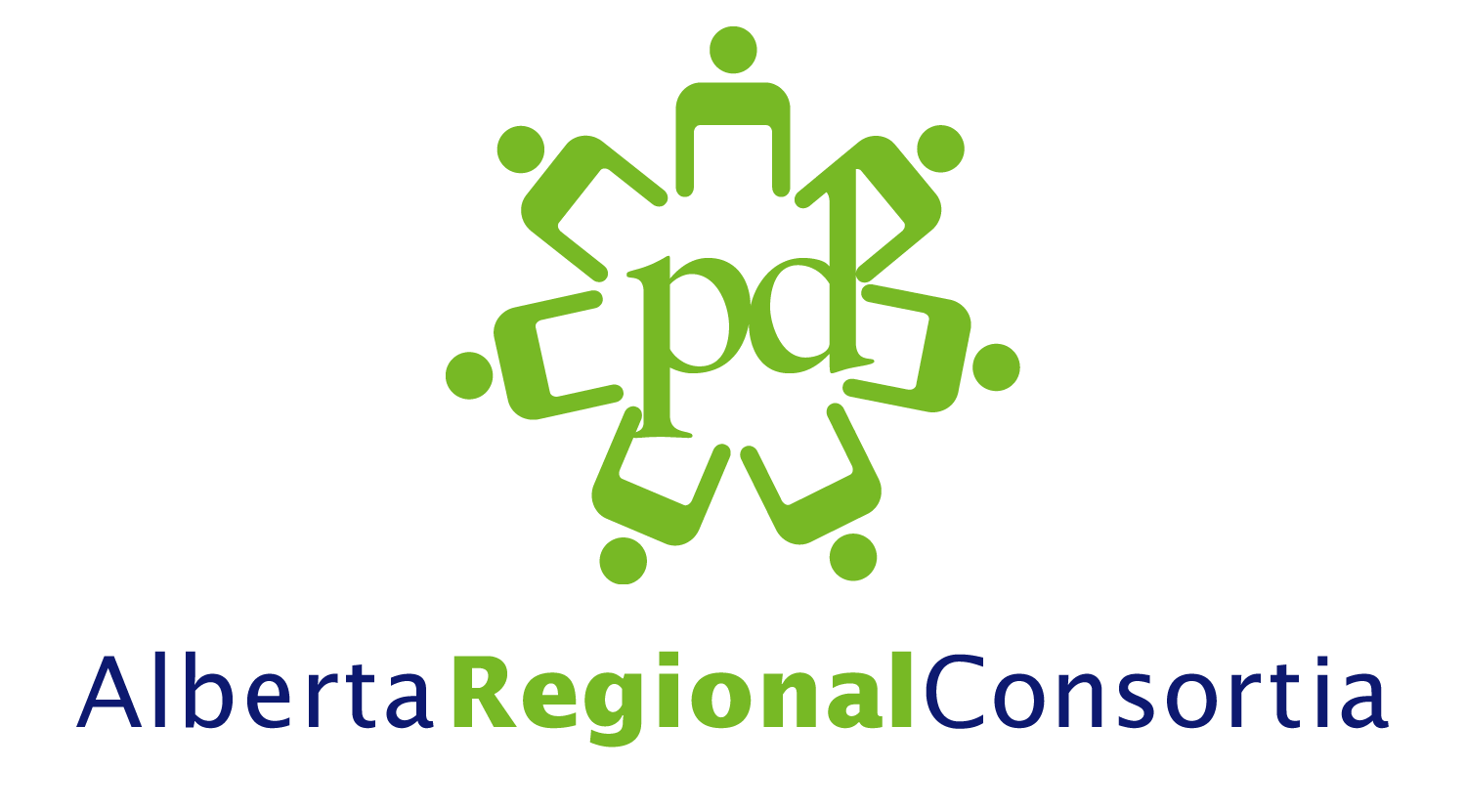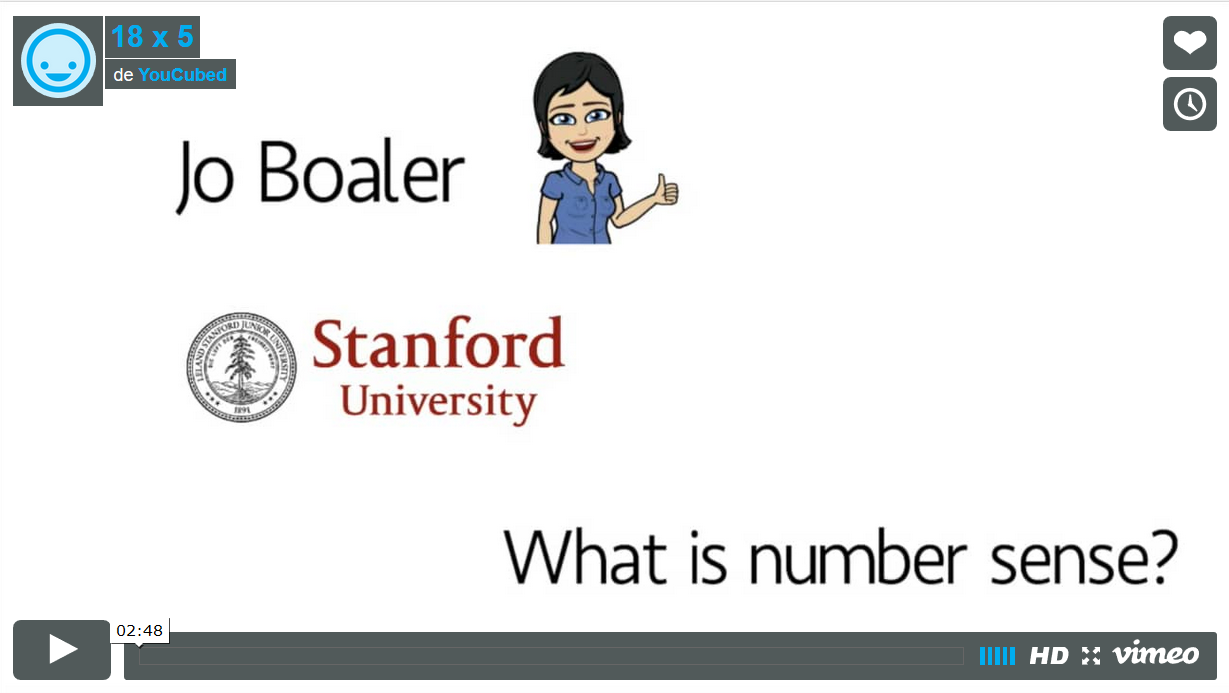Operations - Multiplicative Thinking
 |
| HOME | VERSION BILINGUE |

Click here to report a broken link to a website or a document
![]()
View the Foundational Webinar "Multiplicative Thinking"
Webinar Slides: click here to open (PDF)
Webinar Guide : click here to open (PDF)
Your feedback is valued!
After watching the archived webinar, please fill out this short survey.
![]()
What Is Multiplicative Thinking?
Multiplicative Thinking is
- A capacity to work flexibly with the concepts, strategies and representations of multiplication and division as they occur in a wide range of contexts. (mathematical reasoning)
- going beyond memorization of basic arithmetic skills, and
- the means to communicate multiplicative understanding effectively in a variety of ways (for example, words, diagrams, symbolic expressions, and written algorithms).
Why Is Multiplicative Thinking Important?

According to research completed by Terezinha Nunes, Peter Bryant, Rossana Barros and Kathy Sylva (2011), both mathematical reasoning and arithmetic skills are predictors of mathematical achievement, however, students’ ability to reason mathematically was the stronger predictor of success. If this is true, then educators must help students progress beyond memorization of arithmetic facts in order to develop mathematical reasoning. Students must be provided with opportunities to explore multiplicative thinking in a variety of contexts and in different ways in order to understand that it is more than just multiplication and division.
Teacher Background Knowledge
What do I need to know as a teacher in order to be able to teach the concept(s)?
Big Ideas
-
The foundations for thinking multiplicatively are embedded in outcomes as early as Kindergarten.
-
Multiplication is not just repeated addition even though multiplication can often be solved using repeated addition.
-
The concept of equality and knowledge of number properties form the basis for developing multiplicative thinking.
Potential Misunderstandings
Vocabulary
![]()
Mathematics Draft K-4 Curriculum (PDF)
K-9 Program of Studies (PDF)
In the document below, you will find outcomes from the elementary program of studies related to multiplicative thinking as the EMPL team sees it. Other outcomes may be closely related but were not included in this project.
![]()
What level of understanding do your students have regarding multiplicative thinking? Use the “Big Ideas of Multiplicative Thinking” to guide your teaching. Sample evidence is provided for each Big Idea in order to guide you when assessing your students’ level of understanding.
Multiplicative Thinking - Alberta Students
An Alberta student shares her strategies for solving multiplication questions. What strategies is she using?
Moving Students from Additive to Multiplicative Thinking
How do you support students who are continuing to use Additive Thinking strategies when a Multiplicative Thinking strategy is more appropriate? An Alberta student is guided through the process. How does the interviewer provide "just in time" support?
Number Sense in Multiplication
Before watching the video, solve the question 18 x 5. As you watch the video, compare the strategy you used to the ones that are shared. How is your strategy similar? Different? If a student uses one of these strategies, what does it tell you about their understanding?
![]()
What researchers say about multiplicative thinking:
- “While repeated addition may be an appropriate beginning, to maintain that interpretation of multiplication is ultimately disabling because it does not provide children with important multiplicative structures. Multiplicative thinking cannot be generalised in any simple way from additive thinking. Unless teachers consciously help children develop multiplicative thinking, which goes well beyond repeated addition, it may not happen for many children.
Willis, S., & Jacob, L. (2001, July 1). Recognising the Difference Between Additive and Multiplicative Thinking in Young Children. Lecture presented at 24th Annual MERGA Conference, Sydney, Australia.
- “Achieving computational fluency with the basic number combinations is
 more likely if teachers use the guidelines for meaningful, inquiry-based, and purposeful instruction discussed here. Children who learn the basic combinations in such a manner will have the ability to use this basic knowledge accurately and quickly (efficiently), thoughtfully in both familiar and unfamiliar situations (appropriately), and inventively in new situations (flexibly). Using the guidelines for meaningful, inquiry based, and purposeful approach can also help students achieve the other aspects of mathematical proficiency: conceptual understanding, strategic mathematical thinking, and a productive disposition toward learning and using mathematics..”
more likely if teachers use the guidelines for meaningful, inquiry-based, and purposeful instruction discussed here. Children who learn the basic combinations in such a manner will have the ability to use this basic knowledge accurately and quickly (efficiently), thoughtfully in both familiar and unfamiliar situations (appropriately), and inventively in new situations (flexibly). Using the guidelines for meaningful, inquiry based, and purposeful approach can also help students achieve the other aspects of mathematical proficiency: conceptual understanding, strategic mathematical thinking, and a productive disposition toward learning and using mathematics..”
Baroody, A. (2006). Why Children Have Difficulties Mastering the Basic Number Combinations and How to Help Them. Teaching Children Mathematics,13(1), 22-31.
- This NCTM article provides the reader with information on the difference between fractions and ratios, correct and incorrect additive strategies for equivalent fractions, as well as the multiplicative reasoning involved in the world of fractions in the context of restaurants.
“To understand multiplicative relationships, students must understand that multiplication is a form of repeated addition and that division is a form of repeated subtraction. Knowing that elementary school-age children initially prefer additive approaches when solving problems requiring multiplicative reasoning, teachers can guide students to develop multiplicative strategies by using their additive thinking as a foundation for understanding. By putting equivalent fractions in the context of missing-value ratio problems, children can start to develop proportional reasoning strategies—which they will need to understand in middle school—while developing an understanding of equivalent fraction relationships.”
Tobias, J., & Andreasen, J. (2013). Developing Multiplicative Thinking from Additive Reasoning. Teaching Children Mathematics, 20(2), 102-109.
- “The transition from additive to multiplicative thinking is one of the major barriers to learning mathematics in the middle years. This workshop will explore some of the tasks from a current research projects that are being used to identify steps in the development of multiplicative thinking from Years 4 to 8 in a number of Victorian and Tasmanian schools.”
Siemon, D., Breed, M., & Virgona, J. (2006). From Additive to Multiplicative Thinking - The Big Challenge of the Middle Years. Retrieved from https://www.eduweb.vic.gov.au/edulibrary/public/teachlearn/student/ppaddmulti.pdf
- “Multiplicative thinking cannot be generalised in any simple way from additive thinking. A premise of this paper is that teachers need to recognise the difference between additive and multiplicative thinking if they are to help children develop the latter. This paper describes an empirical study that investigated the potential of a set of tasks to distinguish between additive and multiplicative thinkers, and illustrates the results through the responses of two children.”
Jacob, L., & Willis, S. (2001) Recognising the Difference Between Additive and Multiplicative Thinking in Young Children. Retrieved from https://merga.net.au/Public/Publications/Annual_Conference_Proceedings/2001_MERGA_CP.aspx
- “This paper describes developmental changes as children move from additive to multiplicative thinking. Five broad phases through which multiplicative thinking develops were synthesised from the research. These were labelled as one-to-one counting, additive composition, many-to-one counting, multiplicative relations, and operating on the operators.”
Jacob, L., & Willis, S. (2003) The Development of Multiplicative Thinking in Young Children. Retrieved from http://core.ac.uk/download/pdf/11236672.pdf
- “Paper folding provides powerful mathematical tasks that help students articulate reasoning, make and revise conjectures, and develop multiplicative reasoning. In addition, these tasks are engaging for both students and teachers. The act of folding paper itself creates a shared space that enhances teacher-student and student-student communication and facilitates group discussion. Folding tasks like the ones we describe here are rich with opportunities for teachers to face the challenge of engaging all students in solving and discussing mathematical problems.”
Jacob, L., & Willis, S. (2003) The Power of PaperFolding Tasks: Supporting Multiplicative Thinking and Rich Mathematical Discussion. Retrieved from http://www.4j.lane.edu/wp-content/uploads/2014/09/folding-Multiplicitive-thinking.pdf
![]()
These activities were provided in the Multiplicative Thinking webinar. Choose at least one activity to give to your students. Have them record their responses. Pay special attention to how students get to their answers. Do they use counting, Additive Thinking or Multiplicative Thinking?
Let’s Have a Picnic |
Setting Up the Room |
|
|
|
|
|
The Orangiest Juice |
Ant Models |
|
|
|
|
|
Balloon Tying! |
Sharing Sweetarts! |
|
|
|
||
![]()
Programming decisions and the selection of learning resources are made by school authorities, schools, teachers and students.
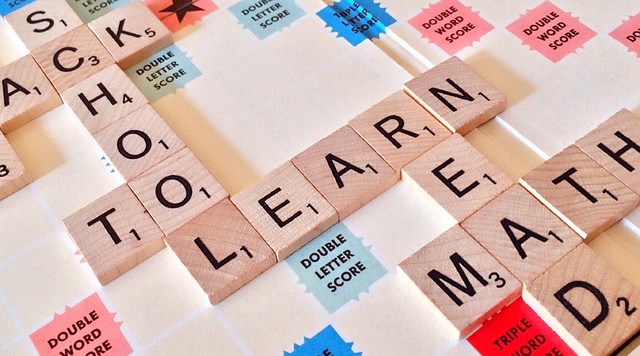 The use of authorized resources is not mandatory. A broad range of learning resources may be used to meet the needs of all students.
The use of authorized resources is not mandatory. A broad range of learning resources may be used to meet the needs of all students.
The links below will provide you with a variety of resources that may come in handy when teaching the concept of multiplicative thinking.
These resources are suggestions and are meant to complement what you are already using. They are not necessarily aligned to Alberta Curriculum. These resources come from a variety of sources and are not affiliated with Alberta Education.
How many strategies do students need to master?
"Students investigate a variety of strategies, including standard/traditional algorithms, to become proficient in at least one appropriate and efficient strategy that they understand.
Over time, students refine their strategies to increase their accuracy and efficiency." (Alberta Education, pg. 9, 2016)
| "Strategies must be..." poster |  |
 |
Multiplicative Thinking - Scope and Sequence
Note : When printing the 11x17 documents, you will need to make a few changes in your print settings in order to ensure that it prints correctly. First, select a paper size of 11x17 even if your print dialogue indicates that it will use the document settings as it will usually default to 8.5x11 print size. Second, make sure that it is set to landscape mode as it may try to change it to portrait.
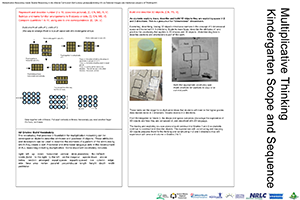 |
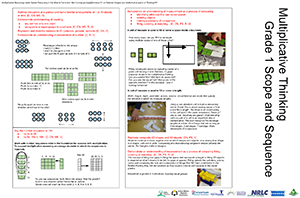 |
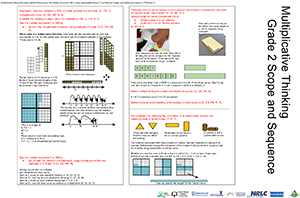 |
| Kindergarten | Grade 1 | Grade 2 |
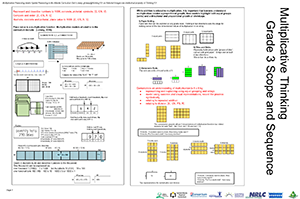 |
 |
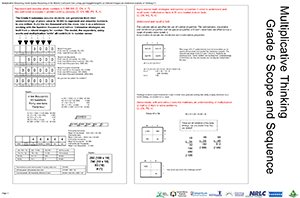 |
| Grade 3 | Grade 4 | Grade 5 |
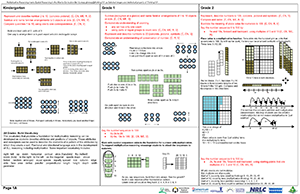 |
||
| All | ||
| Discussion Guide - Multiplicative Thinking Scope and Sequence |  |
Click here to submit a resource
Click here to report a broken link to a website or a document
![]()
Parent Letters about the Big Ideas:
The following documents could be sent home as a letter to the parent, in monthly newsletters, etc. in order to support parents in their understanding of the big ideas of Multiplicative Thinking. You could send home a letter in its entirety or split it apart and send home a single question. It is important that parents do not see it as a tool for testing their child’s understanding but as a tool for facilitating conversation.
Big Idea 1
Big Idea 2
Big Idea 3
Ideas for Using the Following Information:
The information included below can be used in multiple ways.
-
Portions can be included monthly parent bulletins/newsletters
-
Items can be discussed at Parent-Teacher Interviews
- Ideas can be used in a Parent Information Night
Message 27 - A Math Message to Families (Seeley, 2009)
http://mathsolutions.com/documents/9781935099031_message27.pdf
NCTM - Support for Families - Helping Your Math Students
NCTM - Algebra - Connect it to Student Priorities!
Newsletter
Alberta Education’s Parent resource area:
http://education.alberta.ca/teachers/program/math/parents/links.aspx
